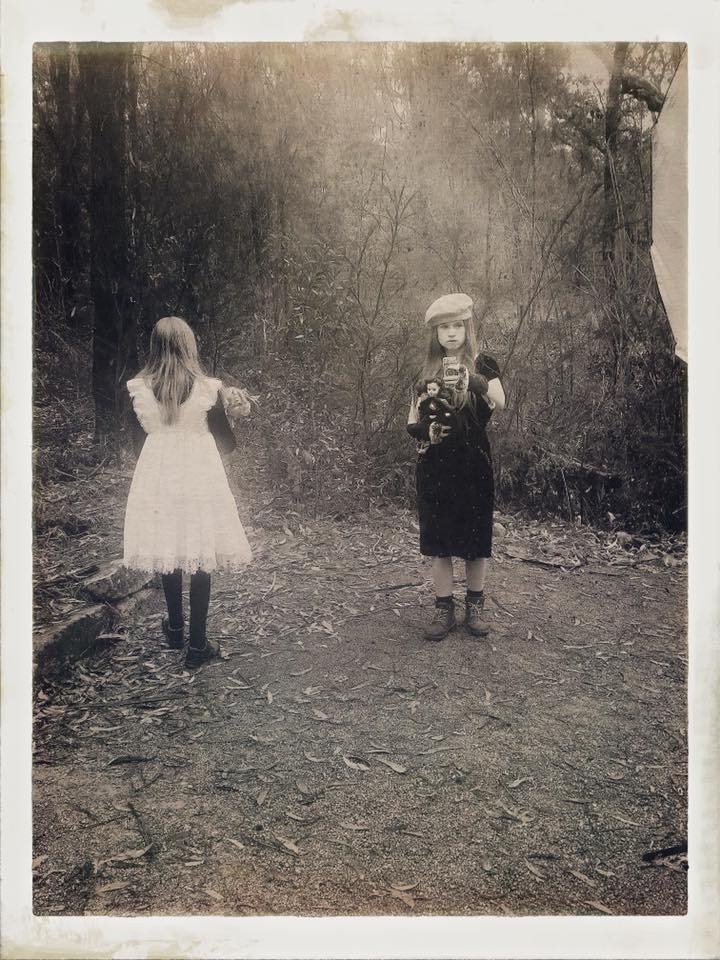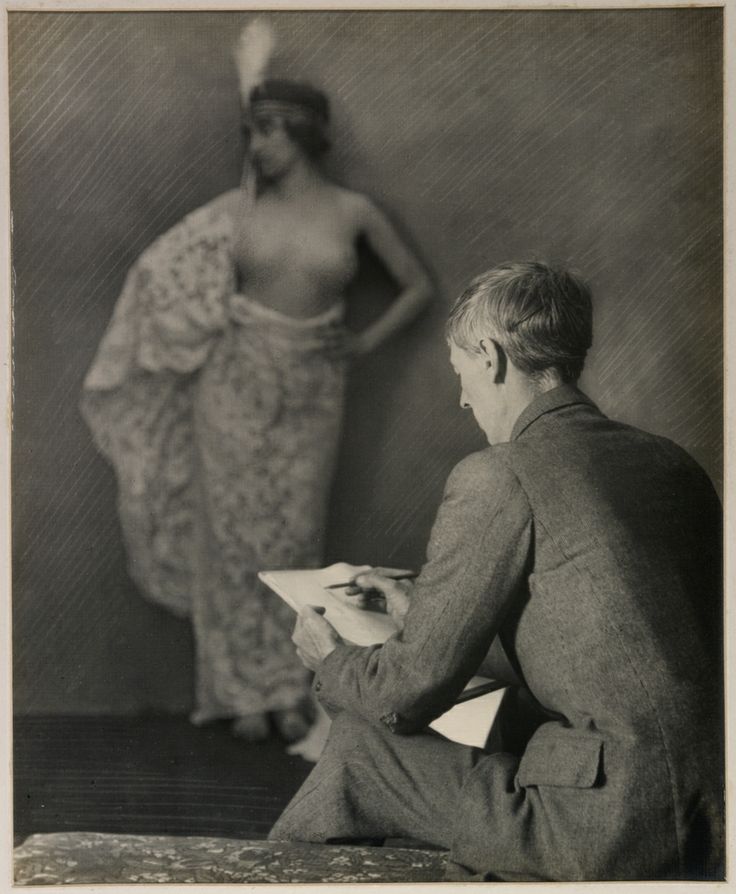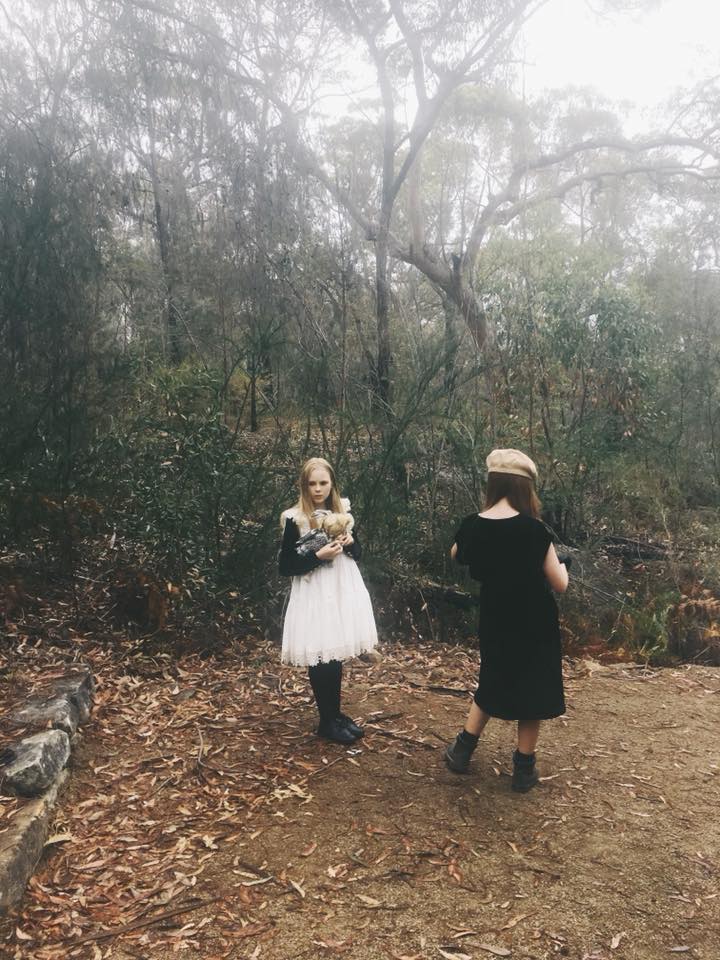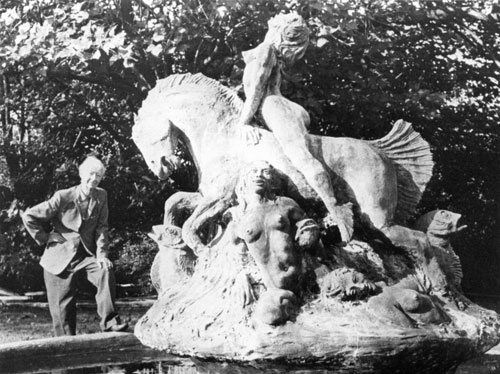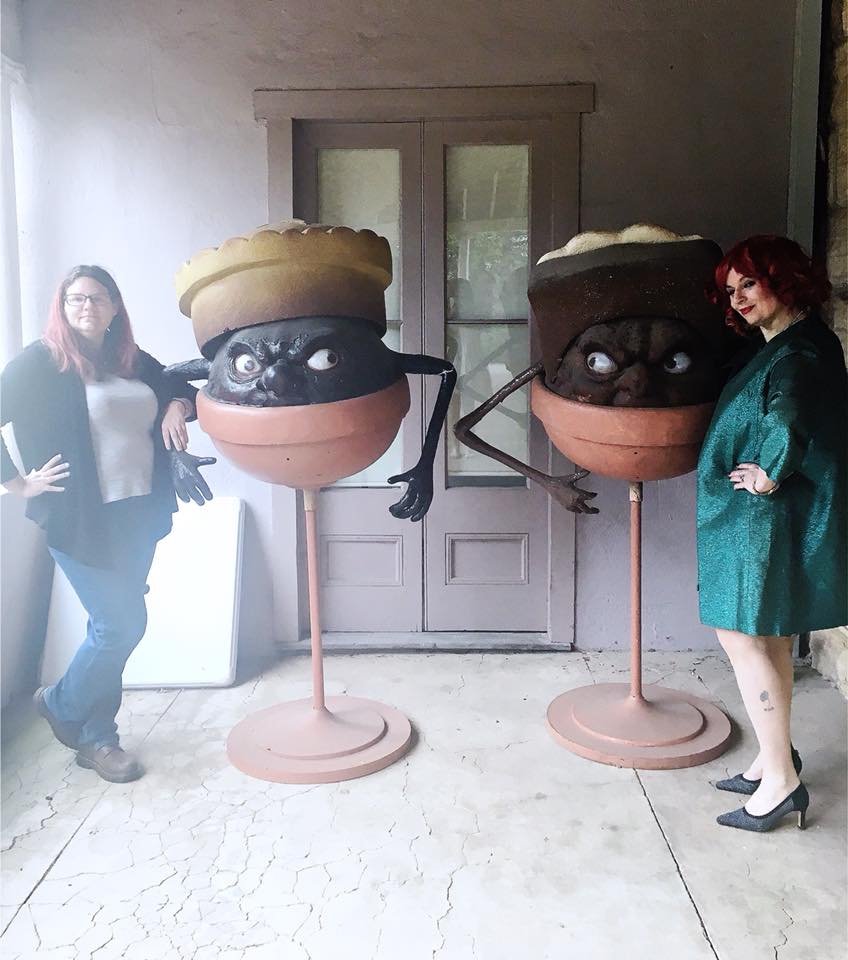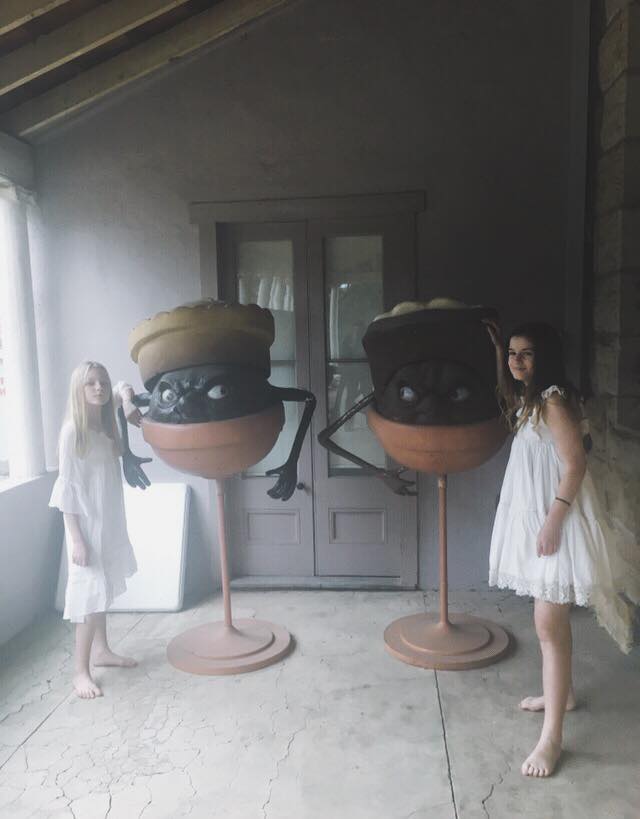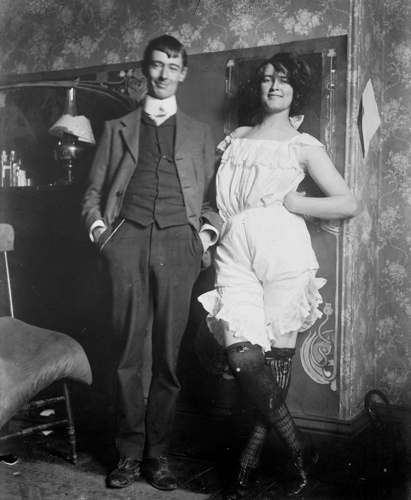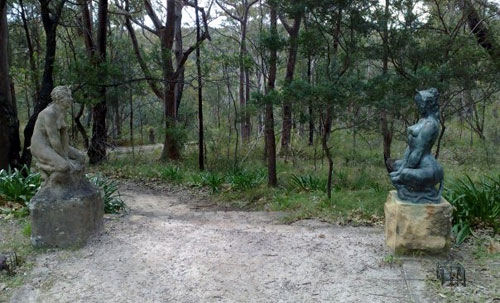‘There is no detective in England equal to a spinster lady of uncertain age with plenty of time on her hands.’
Even before Coronavirus stopped the world, I had begun re-reading my Miss Marple collection. I always find Marple a tonic in tough times, and her shrewd no-nonsense appraisal of people a great comfort.
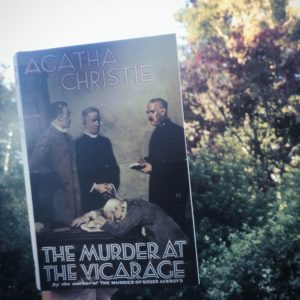
I began in January with the first Marple novel, The Murder At The Vicarage (1930). The elderly spinster first appeared in short stories, later collated into The Thirteen Problems (1932). Miss Marple obviously wasn’t content with just being in short stories, and thankfully for those of us who love her, managed to break through into a full-length novel.
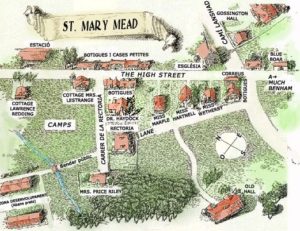
‘Nothing, I believe, is so full of life under the microscope as a drop of water from a stagnant pool.’
The Murder At The Vicarage introduces us to the world of St Mary Mead, an idyllic, seemingly sleepy English village in south-east England. It has a pub, vicarage, shops and Gossington Hall Estate. Miss Marple’s cottage is Danemead Cottage in Old Pasture Lane.
Colonel Lucius Protheroe, the much disliked church warden, is found shot through the head in the vicarage study. Everybody believes they know who’s responsible, including Miss Marple, one of the ‘old cats’ of the village, who sees everything, hears everything and knows everything! Miss Marple goes as far to declare there are at least 7 suspects who would want the Colonel out of the way.
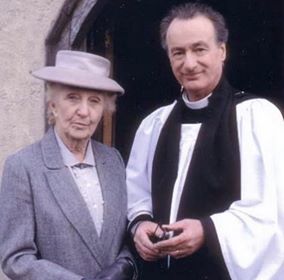
Just before the unfortunate man’s death, Leonard Clement, the local vicar who narrates the story – and is one of the Seven Suspects – makes the tactless remark that ‘anyone who murdered Colonel Protheroe would be doing the world at large a service’.
Some of the other suspects include the vicar’s wife, Griselda, a flamboyant character who is a lot of fun. She reminds me of Tuppence Beresfold. I suspect Christie enjoys these young and spirited characters – perhaps reflecting her young and spirited side. She was, after all, one of the first British women to surf standing up in Australia during her Grand Tour in 1924.
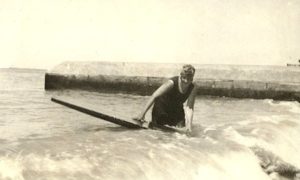
Agatha must have been fond of Leonard and Griselda as they also appear in The Body In The Library (1942) and 4.50 From Paddington ( 1957).
The Colonel’s second wife, Anne and her seemingly scatty daughter, Lettice.
Mr Dawes, the new rector under suspicion of stealing from the church collection plate.
Lawrence Redding, the rakish artist and ex-war veteran.
The mysterious Mrs Lestrange, a newcomer to the village.
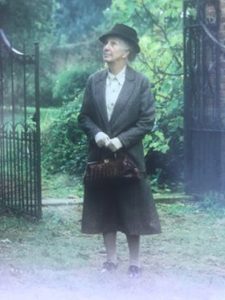
‘Miss Marple is a white-haired old lady with a gentle, appealing manner – Miss Wetherby is a mixture of vinegar and gush. Of the two Miss Marple is much the more dangerous.’
The Murder At The Vicarage is filled with red herrings and twists. It also has a lot of humour and some really fun characters and observations on village life. Even in my Australian Blue Mountains village so many decades later, I can recognise some of the personalities Christie has so much fun with. A Miss Hartnell is described as ‘weatherbeaten and jolly and much dreaded by the poor.’ Agatha can sum up so much in so few words.

Inspirations for Miss Marple included the spinster sister, Caroline Sheppard from The Murder Of Roger Ackroyd. Her grandmother and her grandmother’s friends.
I love Miss Marple because I appreciate that an elderly woman is given such power. Dismissed and overlooked by so many to their cost, Miss Marple is always observing and noticing. Nothing appears to unduly shock her.
‘At my time of life, one knows the worst is usually true.’ – Miss Marple
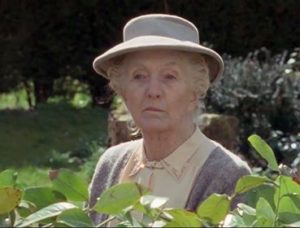
I enjoyed revisiting The Murder At The Vicarage. I love Vicar Leonard and Griselda and of course, I will always love Miss Marple. The plot is slightly convoluted and it’s not my favourite of Agatha’s books but it’s a classic Agatha mystery. I am now about to re-read The Thirteen Problems where Miss Marple first appeared in short story form.

Agatha Christie, reflecting on The Murder At The Vicarage, found it sound but thought it was filled with too many characters and sub-plots.
Scottish crime writer, Val McDermid has cited The Murder At The Vicarage as being the novel that inspired her to write detective novels.
Dorothy L. Sayers was so taken by The Murder At the Vicarage and Miss Marple, she wrote the following to Agatha Christie:
‘Dear Old Tabbies are the only possible right kind of female detective and Miss M is lovely… I think this is the best you have done – almost.’

Agatha Christie – The Duchess of Death
